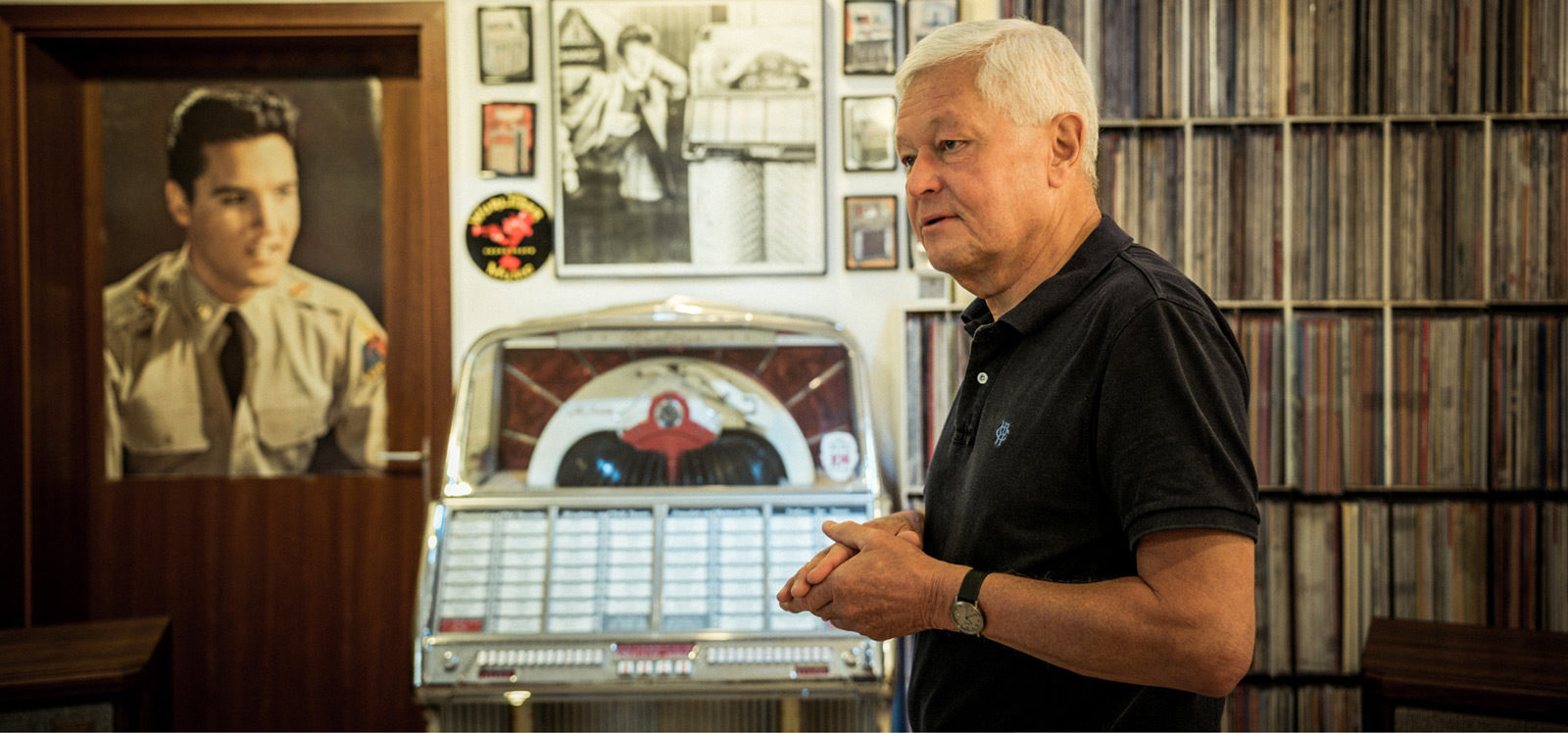The Swiss Precision Concept
With my work experience in internal company communication, in Swiss Precision I wanted to not only chronograph turntables with their technical characteristics but also, with equal importance, provide an insight into the personalities behind the story – humanizing my work!
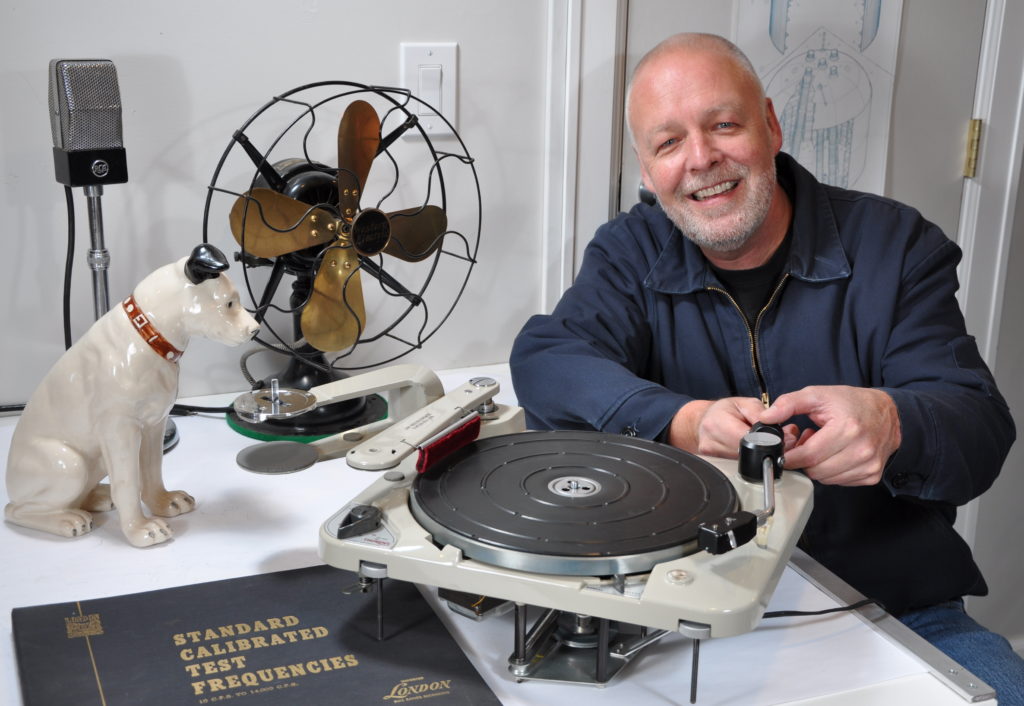
John Barnwell, close to Seattle, proud of his fortunate acquisition of a Thorens TD224 disc changer
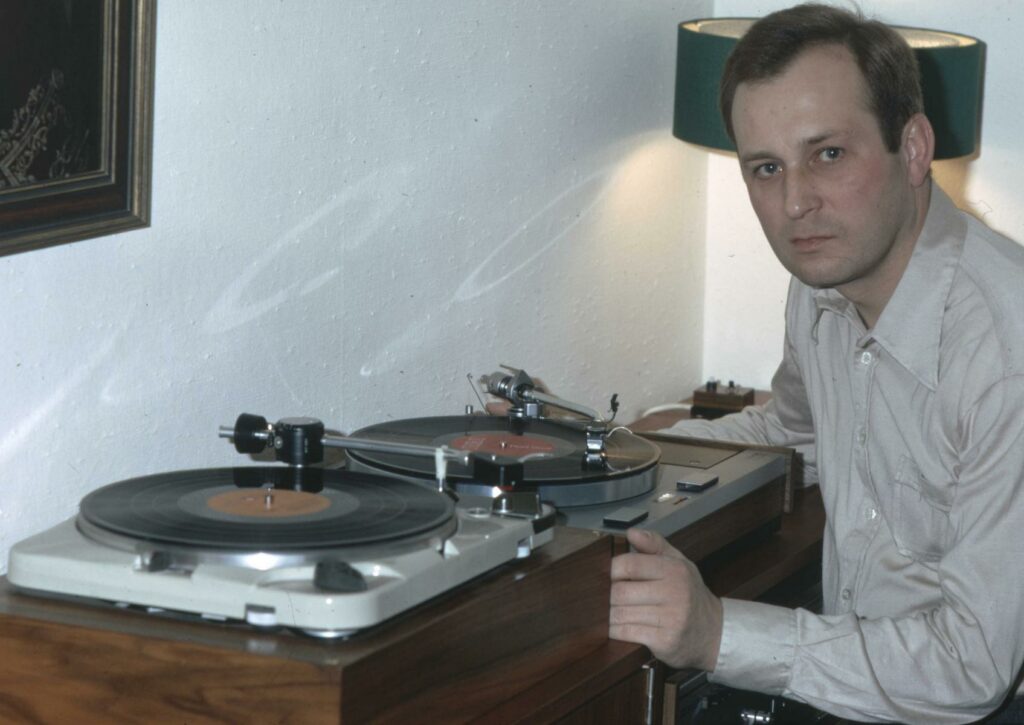
Dr. Karl Gerhard Baur was one of the first owners of a Thorens TD124 in Germany. He bought his Swiss deck in 1963 after he had read an enthusiastic test report – “Hi-Fi for the obsessed” – in a German magazine
Landscapes associated with the themes have also found their way into Swiss Precision. Pictures of Sainte-Croix, for example, show the beautiful surroundings where the Thorens workforce manufactured the turntables.

Working in green surroundings: Thorens factory in Sainte-Croix, an accumulation of ten buildings which were constructed between 1883 and 1945
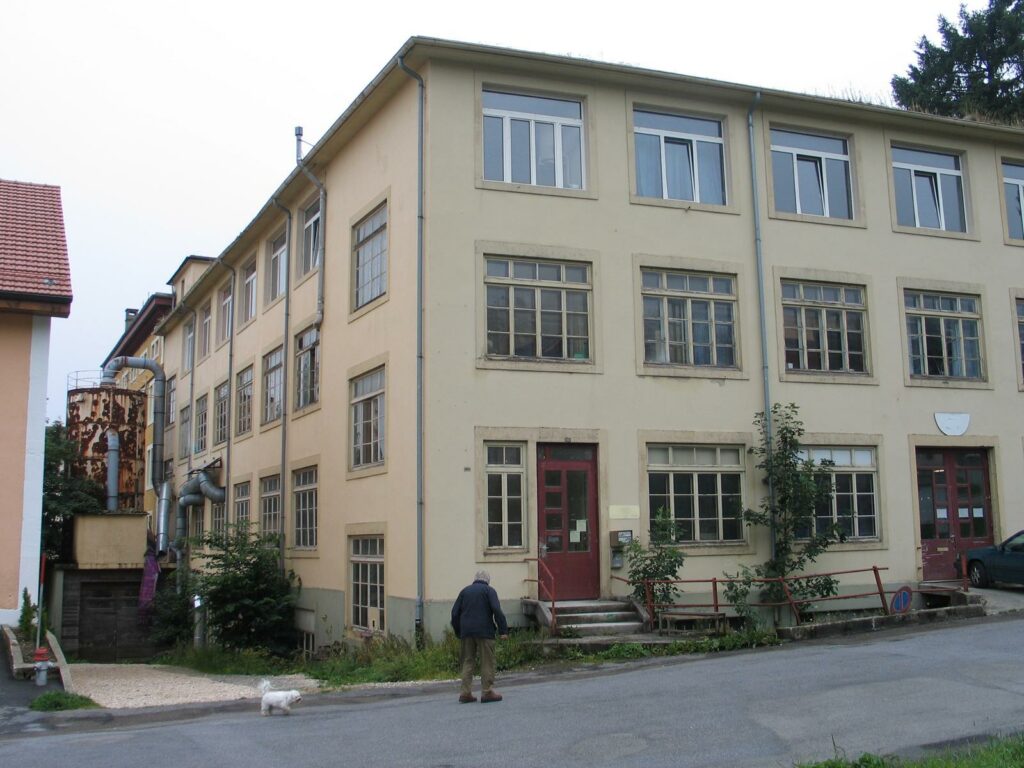
Factory building where the famous Thorens TD 124 was assembled with caring handcraft
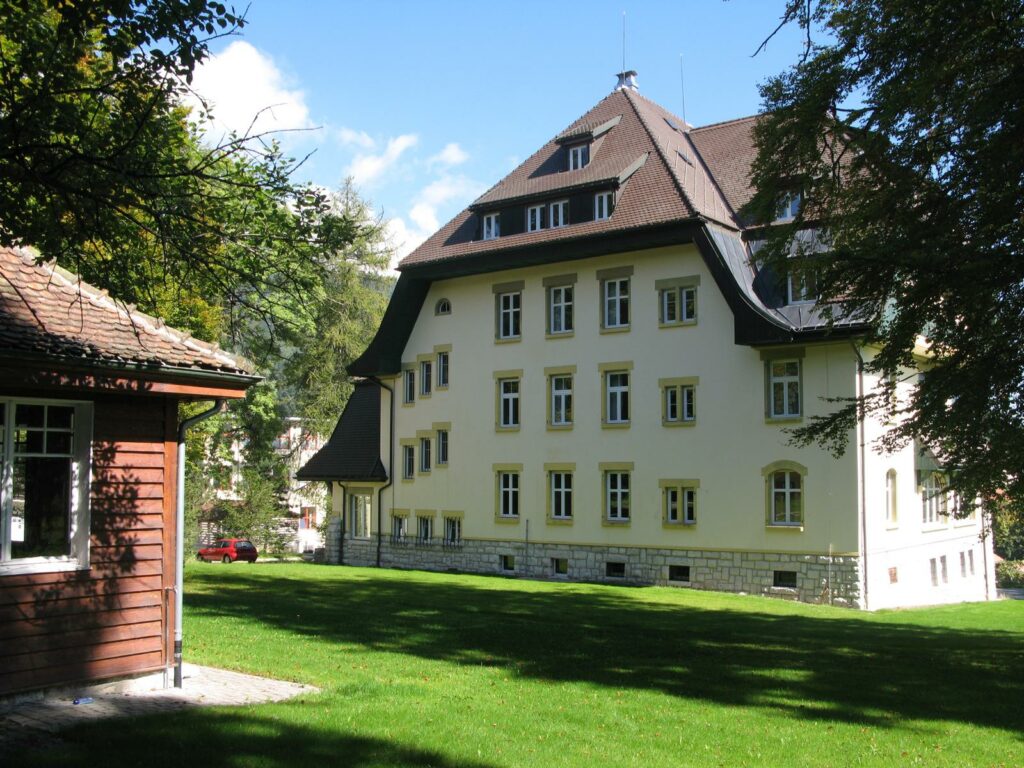
Les Mélèzes – the noble country residence of company founder Hermann Thorens in Sainte-Croix, Switzerland. The beautiful villa was built in 1912 – now split into owner-occupied flats
Swiss Precision is a stimulating mix of information and entertainment where humour is apparent throughout the stories – after all, the work captures the typical spirit of the 1950s and 1960s.

Swiss Precision owes its vibrancy to numerous easy to read sections with additional information, short portraits, statements, small subplots and anecdotes
Notwithstanding the abundance of model numbers, specifications, diagrams, and production estimates Swiss Precision cannot be described as a wordy self-indulgent technocratic piece of work with occasional small illustrations. Often the most important part of the work was obtaining a picture – only then did I compose the texts, which is why reading Swiss precision is never tedious. Buyers report that they read the book in a single weekend – or even in the office, when they should have been working. “I especially like your many conversations with historical witnesses and Thorens owners,” a reader put it in a nutshell. “Despite the thematic restriction, there are always new perspectives and variety.”
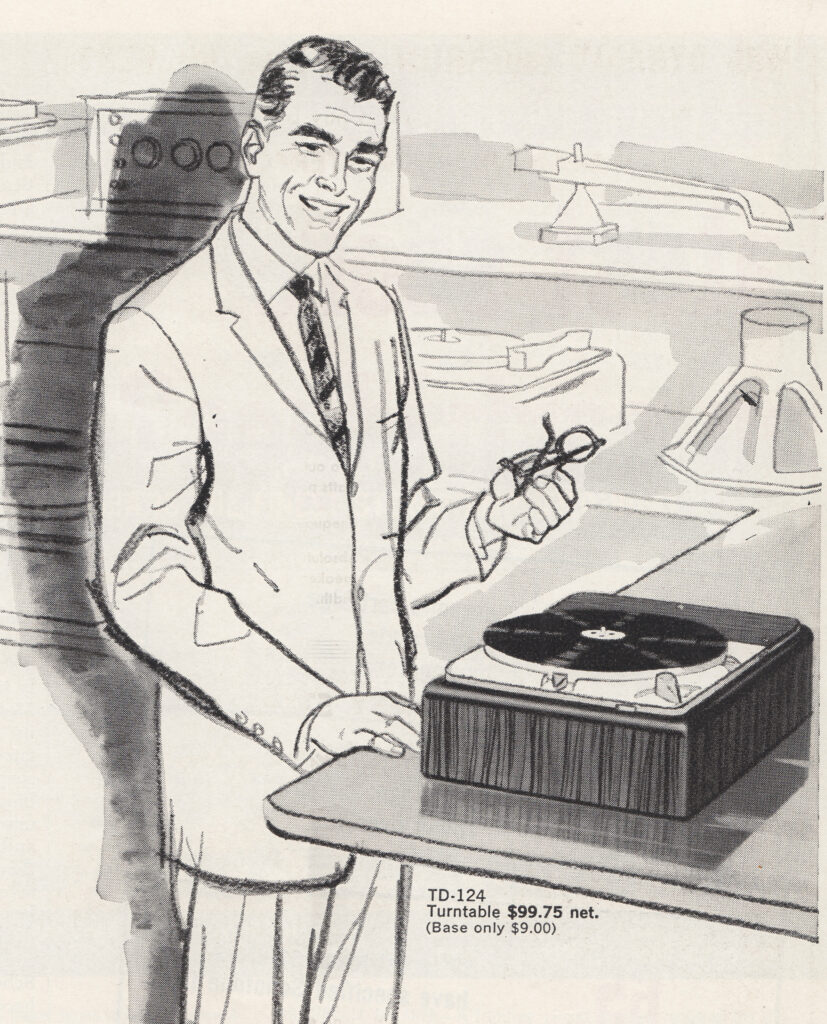
The Thorens TD124 was an economical success in the United States right from the start in 1957. Quite many TD124s with still four-digit serial numbers which are for sale on eBay USA today are evidence of it
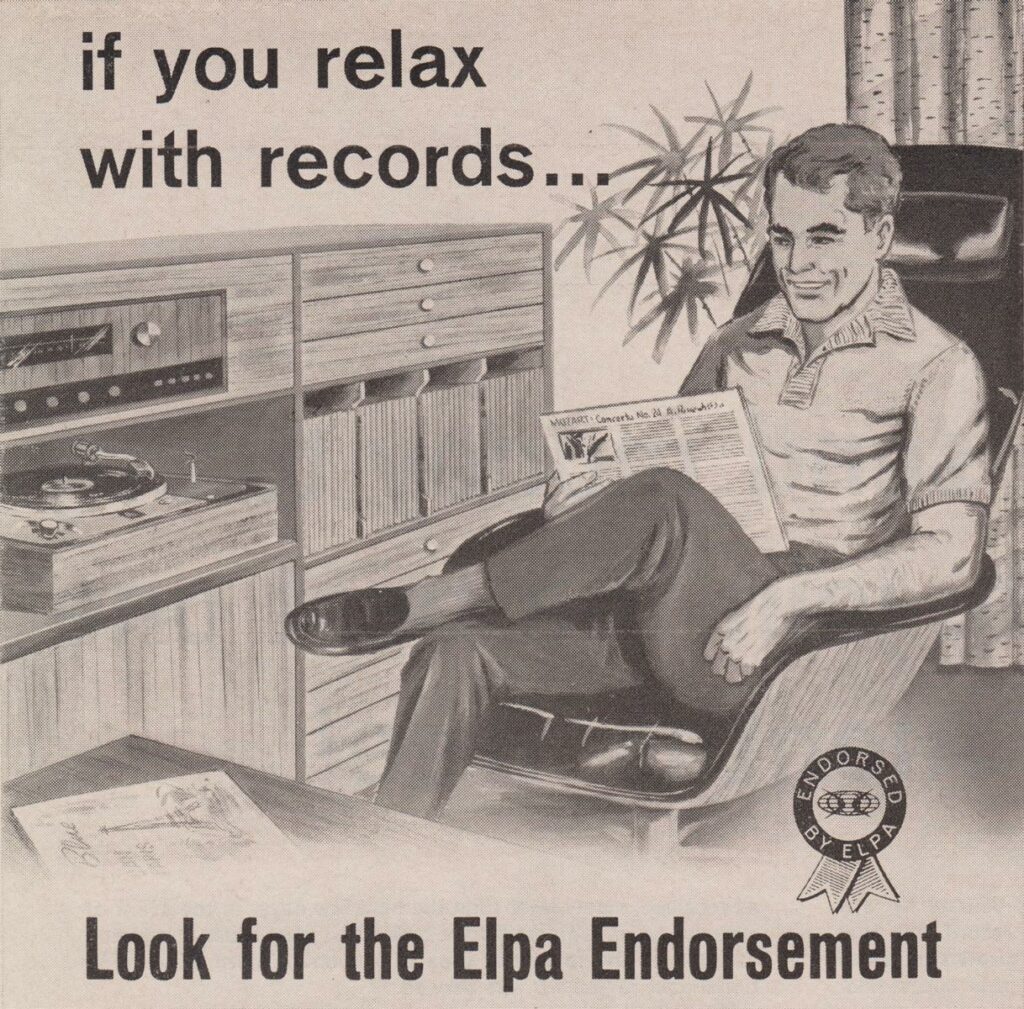
ELPA MARKETING INDUSTRIES in New Hyde Park, Long Island, N.Y., was successor of the US Thorens Company under same address. ELPA imported Thorens and Ortofon products from 1961 until 1994 when the trade company went bankrupt


Former ELPA building at the address 350 Thorens Avenue, Garden City Park, N.Y. – now sadly in a bad state
The third edition in two volumes has an unusually high proportion of images (ca. 60 percent). It may therefore also be interesting for readers who do not understand German – or who have a German acquaintance who can help to translate. You do not need German language skills to view the many ultra-fine images, nor for the study of the many English ads from the mother countries of Hi-Fi, Great Britain and USA.
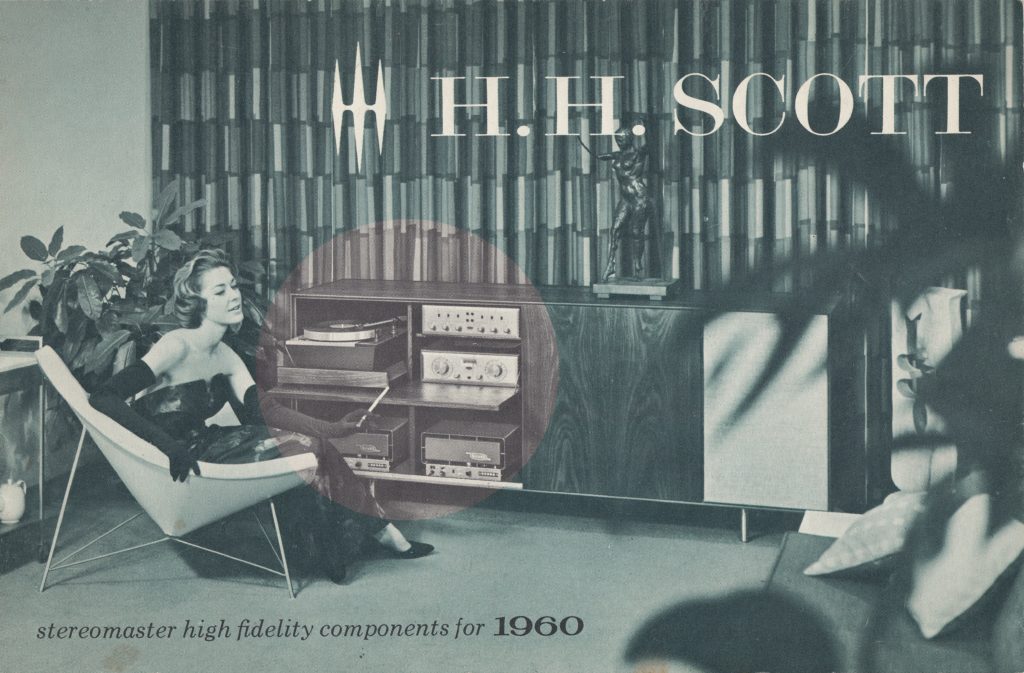
High image content – Swiss precision thrives on its versatility
Swiss Precision owes its visual appeal to the layout of an accomplished graphic artist – not implicitly found in privately financed books. Generally in such cases, due to cost reasons, there is a “do-it-yourself” approach taken, that can be seen in the final product. This however was not the case for Swiss Precision. As a designer of the magazine ‘Analog’ from the Analogue Audio Association, Udo Beykirch has a lot of experience with the graphic implementation of the turntable and tone arm theme. Particular attention was paid to the optical processing of the up to 70-year-old original images, which Udo has practically brought to a new condition thanks to digital image processing. No one counts the Photoshop hours that have gone into this project! No effort, or trouble was spared to both obtain and produce the many historical documents in Swiss Precision in their original splendour.
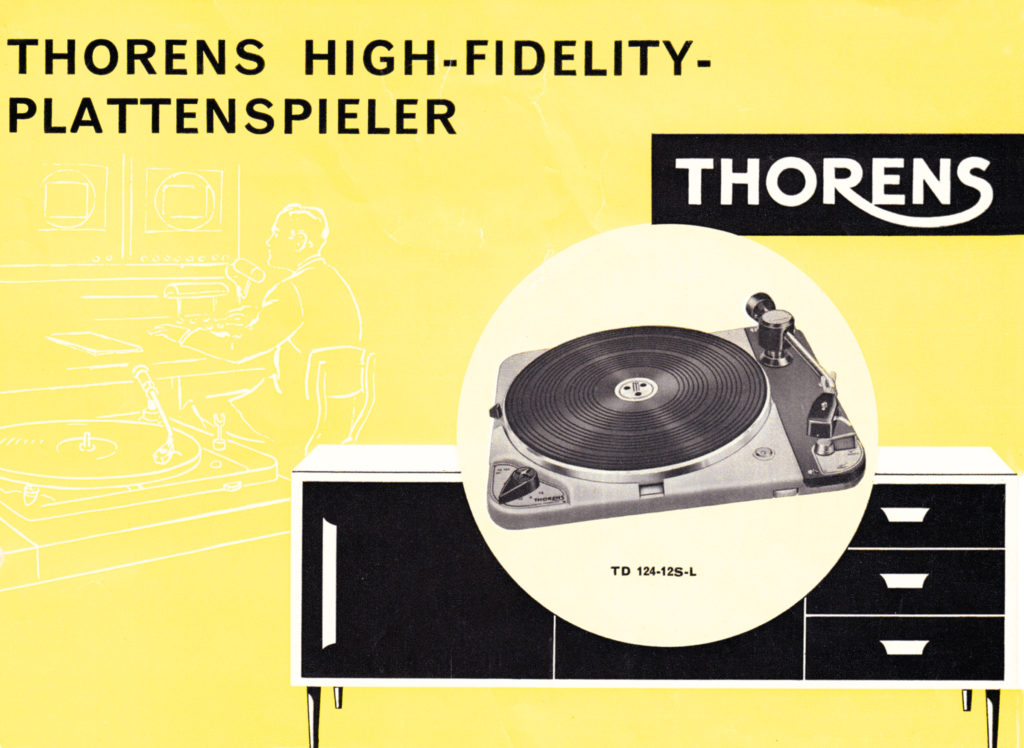
Rare brochure motif, originally dirty, wrinkled and torn at the edges
The same care has been applied to the printing of the voluminous books on a high-tech printing machine of a well-known German manufacturer. The production was completed by a high-quality book oriented printer. The elegant slipcase of the third edition is made of strong cardboard and has been produced by a specialized bookbindary.
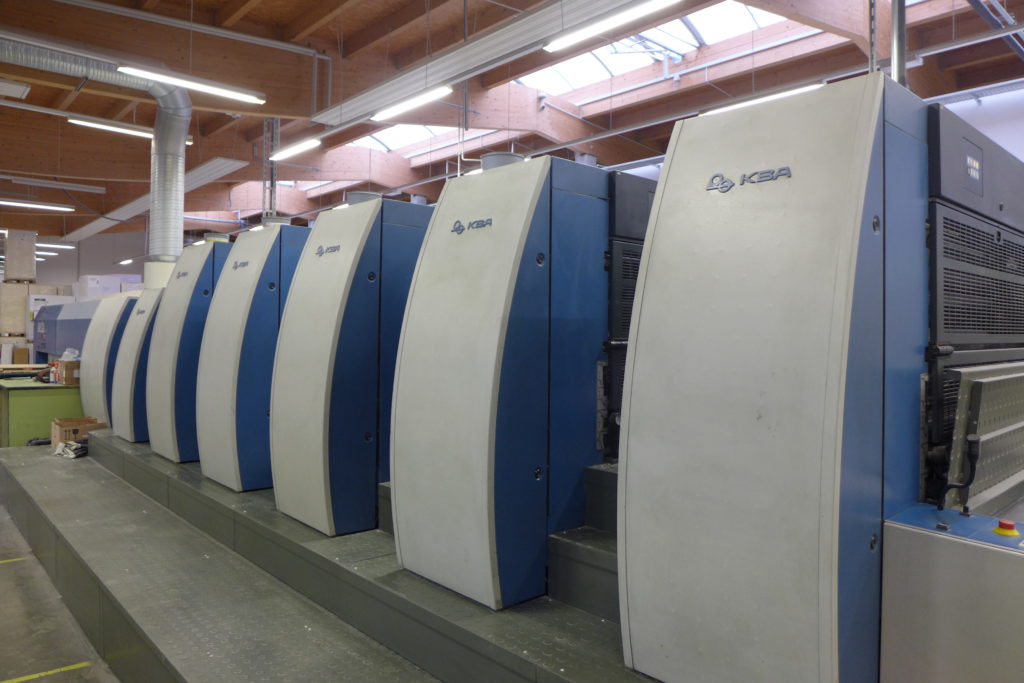
Printing of Swiss Precision on the KBA Rapida 106 by Koenig & Bauer
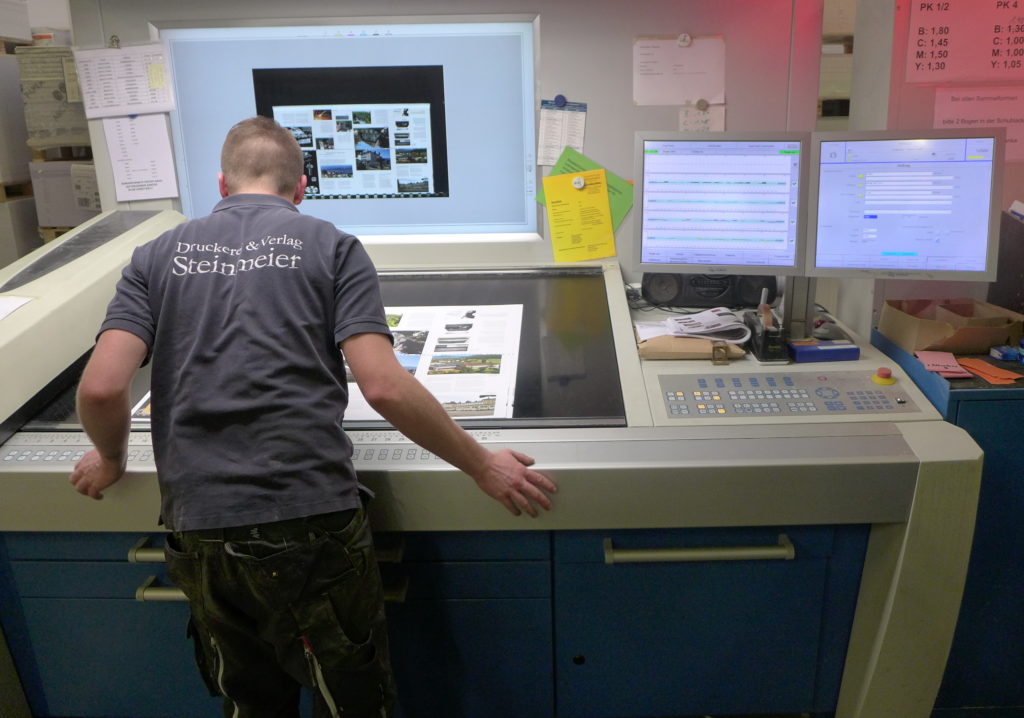
Comparison of the print result with the display on the screen. In the process called “In-press Control”, the printing machine makes a control recording of every 18th sheet
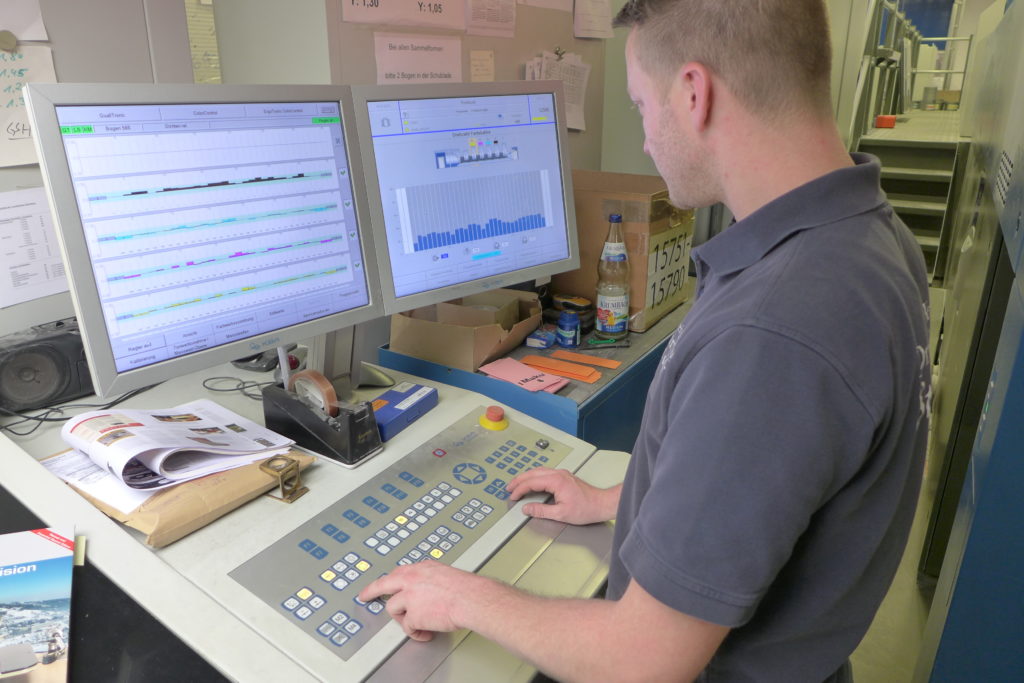
Colour control of the printing machine on the screen

Print review by the author
